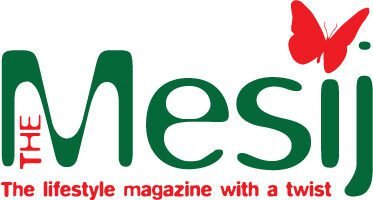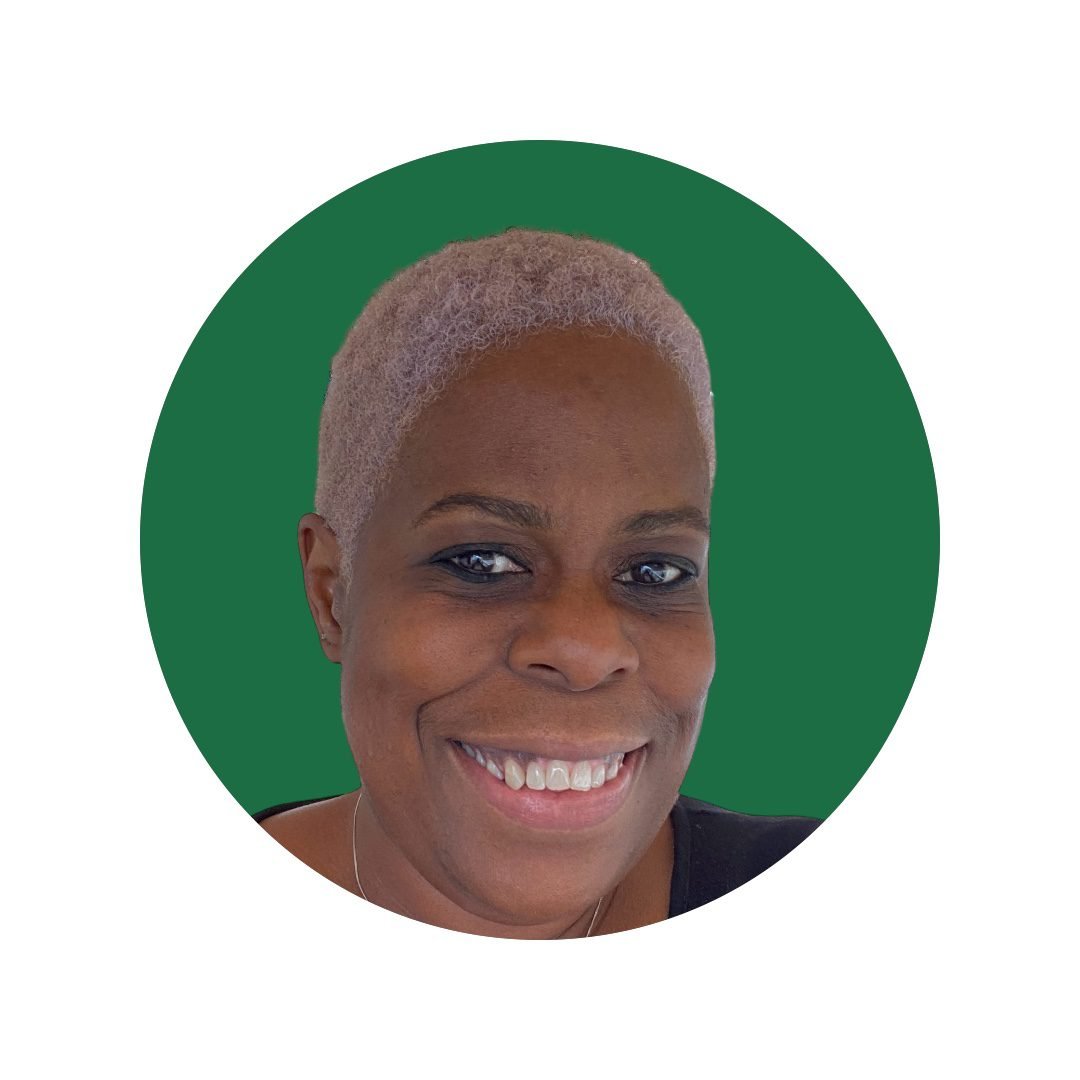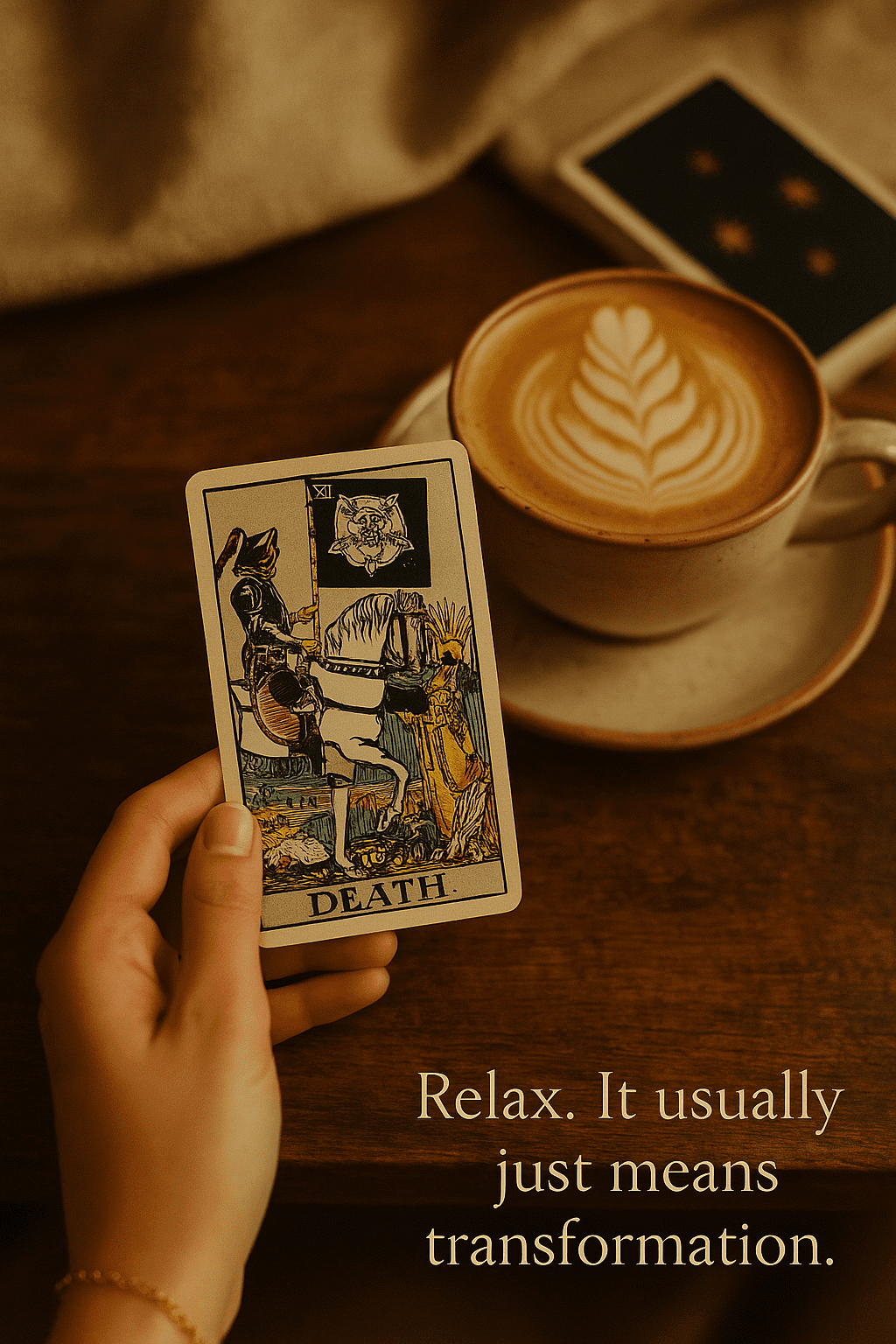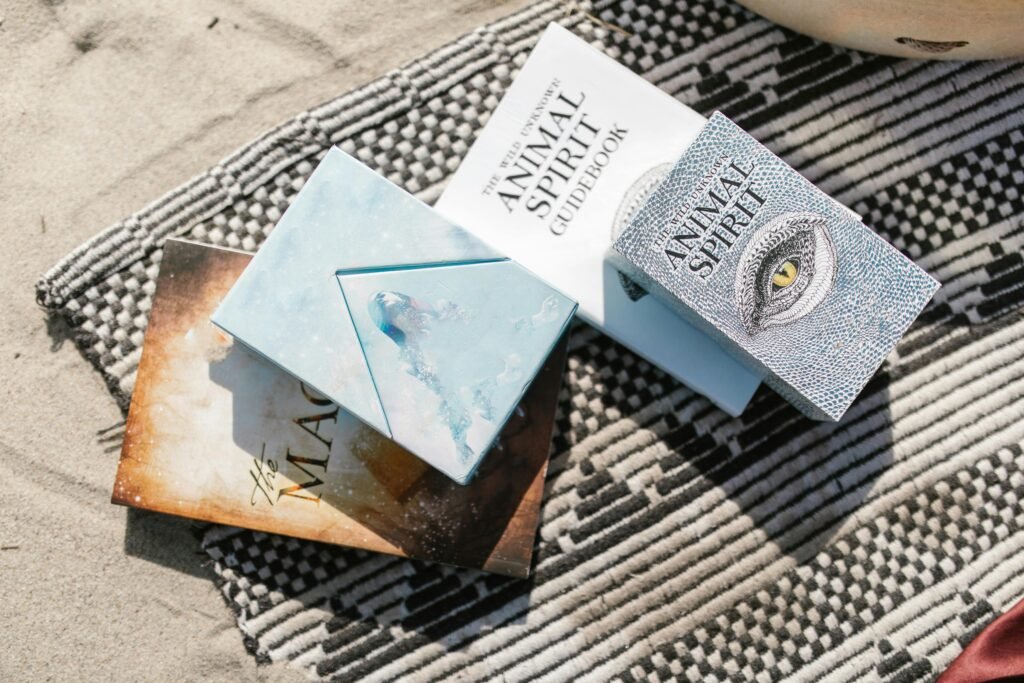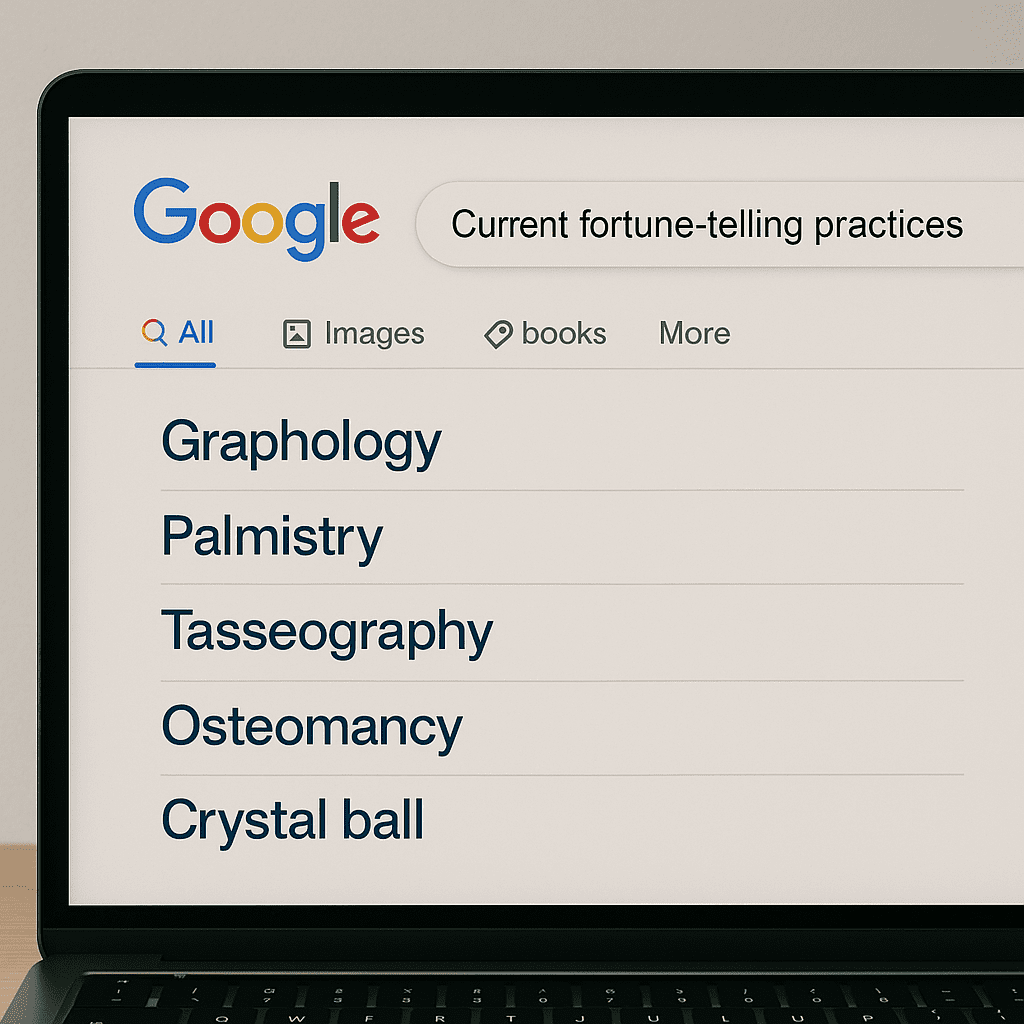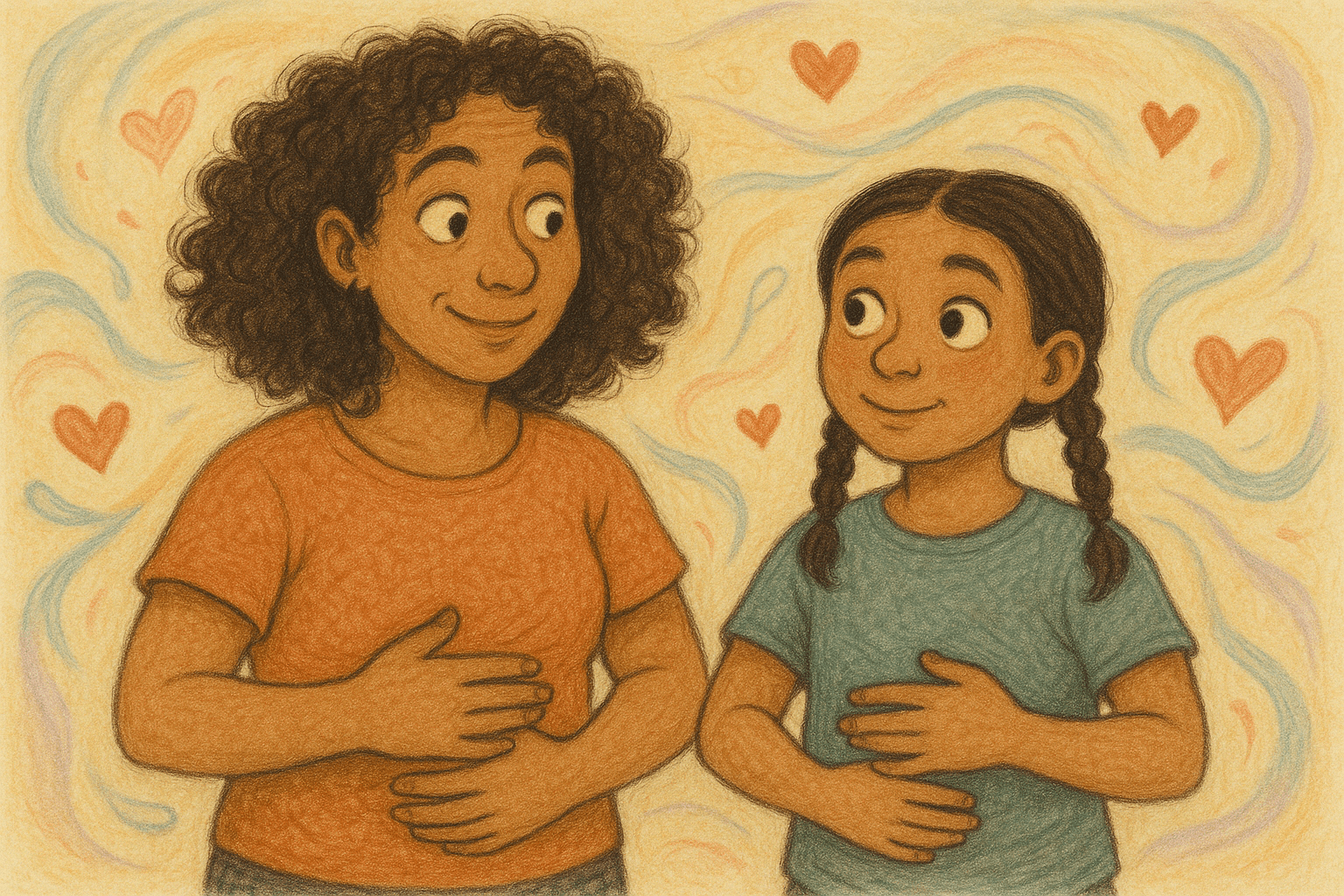Let’s talk Tarot, yes, those little cards some folks clutch like rosary beads, while others recoil like you’ve summoned a demon just for mentioning them. Me? I’ve been dabbling for a decade or so. Ten years might not sound like a lifetime, but I’ve seen enough to know this: Tarot, like anything else, is a tool. It can enlighten or derail, depending entirely on how you wield it.
Some folks treat Tarot like it’s a hotline to the divine. Others think it’s the devil’s deck. As for me? I say, to each their own, but with discernment. Let’s unpack the mystery, the myths, and the madness.
Why Is Tarot Still So Taboo?
You’d think we’d be past the pitchforks by now, but mention Tarot in the wrong room and suddenly people are crossing themselves and talking about “opening portals.”
The Suspicion Runs Deep
- Religion’s Finger-Wagging: Tarot has long been lumped in with the occult. In some conservative circles, just owning a deck is grounds for a spiritual intervention.
- Hollywood Hysteria: Thanks to pop culture, Tarot’s been reduced to cliché: a smoke-filled caravan, a woman in bangles, and a raspy warning that “death is coming.” No wonder some folks panic at the sight of The Tower card.
- Misinformation Mayhem: From scams to stereotypes, Tarot’s PR hasn’t always been the best. But here’s the truth: it’s not black magic, and it’s definitely not evil.
(What the Skeptics Miss (And Why They Might Secretly Like Tarot)
Even if you’re more spreadsheet than sage, there’s something in Tarot for you. No smoke, no mirrors, just good old-fashioned self-reflection.
It’s a Mirror, Not a Megaphone
- Reflective Tool: At its best, Tarot is like journaling with art. The cards stir something in your subconscious. They’re prompts, not prophecies.
- Creative Thinking: Multiple meanings per card? Yes, please. It forces your brain to consider different angles, ideal for problem-solving or moving past a mental block.
- Art Meets Archetype: Some decks are visually stunning. Even if you don’t believe in the spiritual side, you can appreciate the design, the history, and the storytelling.
When Tarot Becomes a Crutch: The Danger Zone
This is where it gets tricky. Anything used in excess can lose its power or become a problem, and Tarot is no exception.
Red Flags to Watch For
- Over-Reliance: If you can’t decide what to wear without pulling a card, we need to talk. Tarot isn’t your boss. It’s your backup dancer.
- Decision Avoidance: Constantly consulting the cards can be a sneaky way of dodging responsibility. Tarot isn’t here to make your life choices for you – it’s here to help you face them.
- Stress Spiral: When the cards start creating anxiety rather than clarity, it’s time to step away and recalibrate.
How I Use Tarot (And How You Might, Too)

I treat Tarot like a chat with an old friend, one who’s brutally honest but also a bit poetic. It helps me reframe things, reflect, and occasionally feel like the universe is giving me a nudge. But do I swear by it? No. I use it. With wisdom.
My Golden Rules
- Stay Grounded: I never ask Tarot things I’m not ready to deal with. And if I’m in a bad mood, I leave the deck alone. Emotional turbulence skews everything.
- Keep Perspective: I use Tarot to complement my thinking, not replace it. It sits alongside journaling, meditation and yes, Google.
- No Panic Pulling: If I don’t like a card, I don’t spiral. I reflect. And sometimes I reshuffle.
Tarot’s Cultural Glow-Up
It’s not just hippies and hoodoo anymore. From Paris to Pinterest, Tarot is having a renaissance.
- Europe: Where it all began. The earliest Tarot decks were playing cards, not portals. France and Italy? Still big fans.
- Latin America: Tarot is often used alongside astrology, numerology, and other spiritual practices. It’s integrated, not isolated.
- Modern West: Today’s Millennials and Gen Z are using Tarot for self-care. Not fortune-telling, but mindfulness. It’s less “crystal ball,” more “therapy-lite.”
My Final Word on the Deck
You don’t have to be a mystic to appreciate Tarot. And you don’t have to fear it either. It’s a tool, one of many, and when used wisely, it can offer beautiful moments of insight. But if it starts to run your life, it’s time to shuffle your priorities instead.
Tarot isn’t about predicting the future. It’s about understanding your present and maybe giving your subconscious a voice in the conversation.
So, next time you see a deck, don’t assume it’s woo-woo nonsense. Pick a card. Sit with it. Ask yourself: What do I need to see that I’m not seeing?
Just remember… the answers are already within you. The cards are just a mirror.
*This image is AI-generated with prompts made by me and serve no educational purpose, it is only used to highlight certain aspects of this article.
If you liked this article, here is another that you may like Chasing Money Vs. Attracting Money
